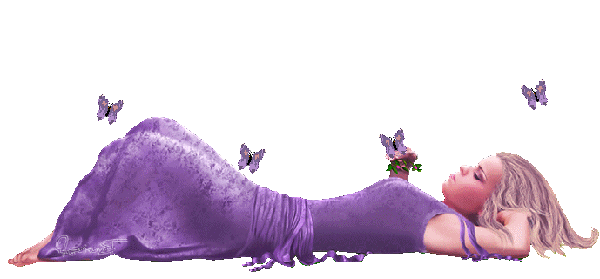Nina’s Surgery Update:
Wednesday 05-22-13
10:00 AM: I took Nina to the vet - she had a swelling next to her anus and was constantly licking it.
As I was leaving the vet, Nina got very anxious and refused to go w/ the vet. She threw herself on the ground crying. Vet said she would give her something to relax her as the surgery could not be scheduled for another 2 hours.
Vet instructions were to call at 2 pm for updates and take Nina home between 6– 7 pm when she will be fully awake from the anesthesia, pain killer etc.
2:00 pm I called the vet- she said all went well and Nina is resting – anal gland abscess was surgically opened and flushed.
Not 10 minutes later the vet called to say as soon as she hung up earlier Nina was awake (she was not supposed to come out of sleep so soon) and that Nina was having anxiety related diarrhea. Nina was cleaned a few times and the Vet wanted me to come & get Nina as she would not relax.
Not 10 minutes later the vet called to say as soon as she hung up earlier Nina was awake (she was not supposed to come out of sleep so soon) and that Nina was having anxiety related diarrhea. Nina was cleaned a few times and the Vet wanted me to come & get Nina as she would not relax.
Got a thick comforter, large towels etc. and fortunately Mike the doorman was able to drive me to the vet to pick her up.
What a sight!!
Poor Nina looked so scared, soiled and crying. A tech was wiping her butt. legs with paper towels and roight where she just had surgery!
I am sure that was causing her even greater pain!
Poor Nina looked so scared, soiled and crying. A tech was wiping her butt. legs with paper towels and roight where she just had surgery!
I am sure that was causing her even greater pain!
She had two tubes / drain sticking out to drain the abscess. She was to return 5 days later for follow up & removal of drain. Nina has to have an Elizabethan collar at all times. (Charged $23.00 for collar!!)
Took her home, cleaned her with some hydrogen peroxide and gave her some pain meds but she was crying non-stop and looked miserable.
Strangely she kept going to the door & wanted to go out so I got a towel and we sat on a bench by the park and incredibly enough that was the only thing that seemed to calm her down. Although I could hear her softly whimpering she was more relaxed.
Each time I took her home to lie down and maybe nap she asked to return to the bench.
That went on until 9:30 pm which is the last time left the bench.
We went to bed and rubbing her belly diminished the whimpering.
I can't remember the last time I felt so tired.... wiped out....
I can't remember the last time I felt so tired.... wiped out....
She is taking Metacam (anti-inflammatory pain reliever) and Clavamox antibiotic
Thursday 05-23.
We went out early (6:30am) for a walk in the park. Contrary to her usual habit to immediately run around when off-leash, Nina hung very close to me, I was almost tripping over her. It was as if her belly was glued to my leg. :-)
By 10 am I gave her a gentle but a good warm bath - she seemed to like the warm water running gently over her behind. Then we went out to sit on her favorite bench to dry off completely.
She just loved sitting there for a few hours and was back to her usual self.
She played a bit with passer-by who came to ask re her “cone”.
But most of the time we were out there I took off the “cone” and made sure she would not lick herself.
She just loved sitting there for a few hours and was back to her usual self.
She played a bit with passer-by who came to ask re her “cone”.
But most of the time we were out there I took off the “cone” and made sure she would not lick herself.
Back home she began to eat some white rice with a little food mixed in. But not much of an appetite.
Friday 05-24
2:00 am - Nina is up and did not want to stay in bed but to be in the living room, so I finally got a chance to write this update at 2:30 am!! :- )
She is doing fine so far…
*
Link to some Info / Video
I think EVERY Pet Parent SHOULD Read / See.
-
http://paulcpw.blogspot.com/2013/06/anal-gland-disease.html
Link to some Info / Video
I think EVERY Pet Parent SHOULD Read / See.
-
http://paulcpw.blogspot.com/2013/06/anal-gland-disease.html











